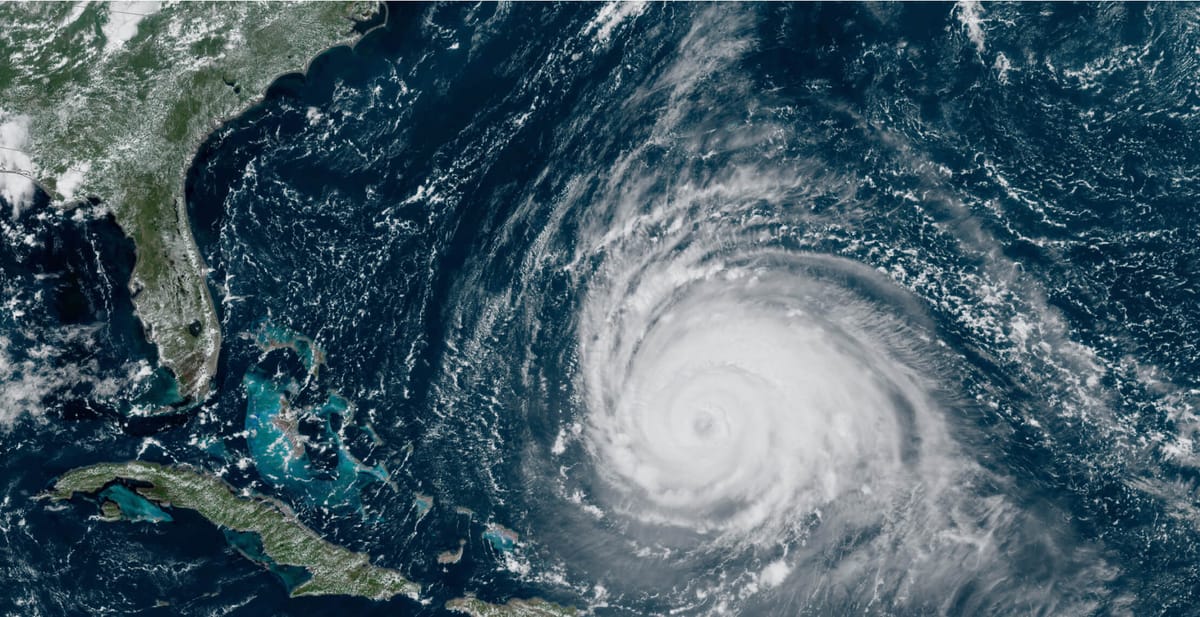
NVIDIA has introduced a generative AI model called StormCast, designed to improve the accuracy of short-range weather forecasts, particularly for mesoscale events like thunderstorms and flash floods. Developed in collaboration with Lawrence Berkeley National Laboratory and the University of Washington, StormCast leverages generative diffusion to predict atmospheric dynamics at a finer resolution than previous models, allowing for more precise weather forecasting at scales as small as 3 kilometers.
StormCast builds on NVIDIA’s ongoing efforts in climate and weather research, complementing models like CorrDiff, part of NVIDIA’s Earth-2 digital twin platform. While CorrDiff improved typhoon prediction for Taiwan by enhancing 25-kilometer atmospheric data to 2 kilometers, StormCast introduces hourly predictive capabilities, providing real-time forecasts with up to six-hour lead times. These predictions are crucial for disaster planning and mitigating the impacts of extreme weather, which cause significant annual damage and loss of life.
The model is detailed in a research paper co-authored by NVIDIA, the Lawrence Berkeley National Laboratory, and the University of Washington. The paper highlights StormCast’s ability to emulate NOAA’s High-Resolution Rapid Refresh (HRRR) model, the current standard for U.S. short-range weather prediction. In testing, StormCast has shown to be 10% more accurate than HRRR in predicting storm-related variables like temperature, wind, and radar reflectivity. Its ability to simulate the evolution of storms with realistic 3D heat and moisture dynamics marks a significant breakthrough in AI-driven weather prediction.
A key innovation of StormCast is its ability to simulate the evolution of storms with realistic 3D heat and moisture dynamics. This marks a significant breakthrough in AI weather simulation, as it captures complex atmospheric processes that are crucial for accurate storm prediction.
By utilizing historical weather data and advanced machine learning techniques, StormCast allows for faster and more energy-efficient weather forecasting. NVIDIA researchers trained the model on three-and-a-half years of climate data from the central U.S., using their accelerated computing systems to process and refine the model’s predictions.
Beyond severe weather prediction, StormCast shows promise in "downscaling" - applying global climate change projections to local scales. This capability could provide more accurate, localized forecasts of long-term climate impacts, potentially informing adaptation strategies.
NVIDIA is currently collaborating with The Weather Company and Colorado State University to further test and refine StormCast. As this technology develops, it could reshape how we predict and prepare for severe weather events, potentially saving lives and reducing economic losses.
The introduction of StormCast reflects a broader trend in meteorology and climate science, where AI’s speed and precision are beginning to outpace traditional physics-based forecasting methods. This shift towards AI-enhanced weather prediction promises to make high-fidelity, localized forecasts more accessible and accurate, marking a new chapter in our ability to understand and prepare for extreme weather events.

